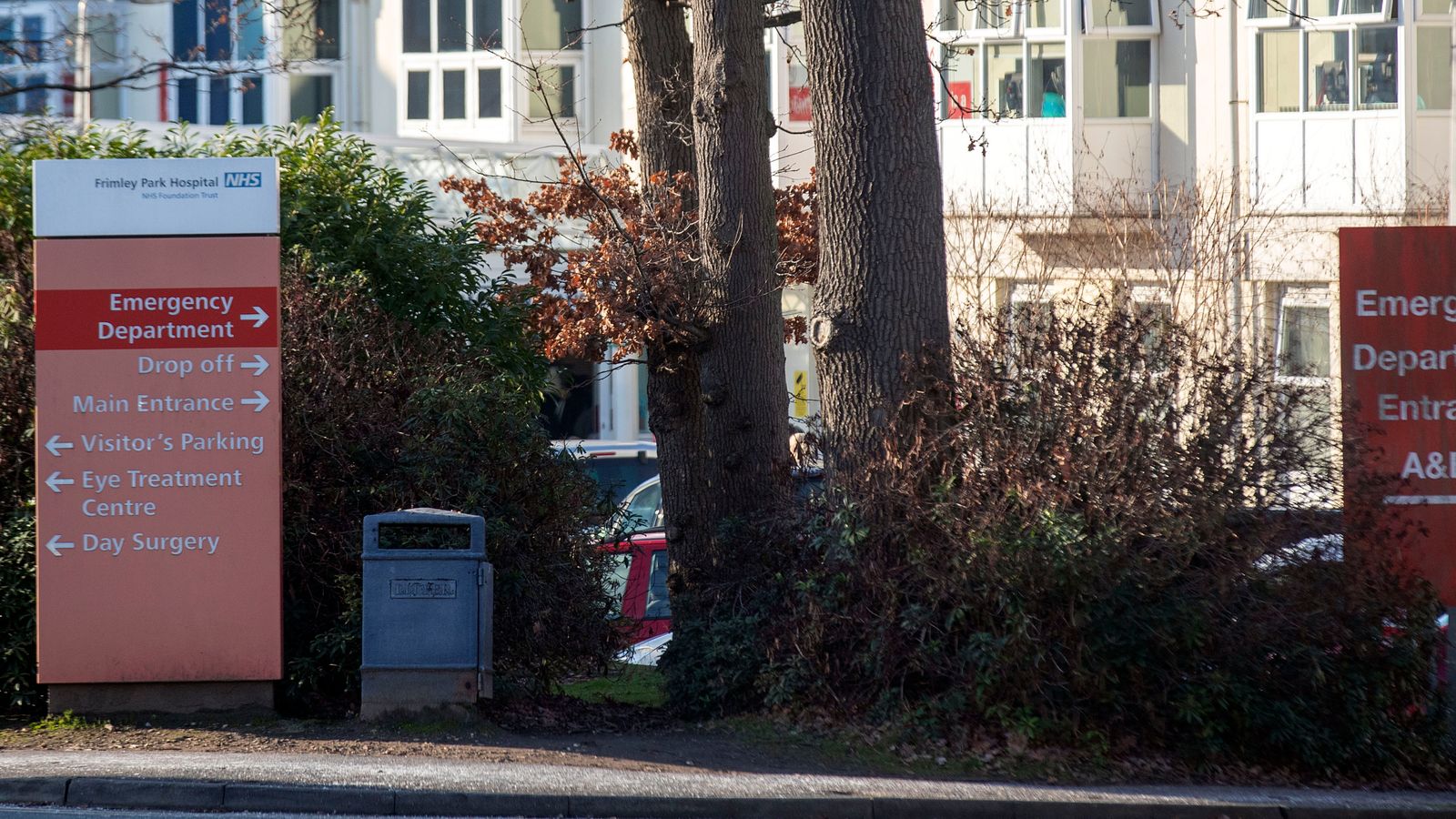Melodi
Disaster Cat
While this is an unusually high settlement - it is to support and provide care for this child for the rest of her life, thankfully, her mind seems fine (which often isn't the case). But I'm posting this story because I remember there were suggestions the NHS in the United Kingdom could not be sued for medical malpractice. I pointed out they do get sued all the time. It is just that usually, the standards of proof are higher, and the payouts are much less than in the United States. This award is pretty exceptional for a UK court, but then this girl will need full-time care, possibly for 80 to 100 years, so the large trust fund (39 million pounds) makes sense.
'Extraordinarily brave' girl gets multimillion-pound settlement after losing all four limbs
The young girl, who lost both of her arms and legs, was wrongly discharged from hospital after being given paracetamol. Despite the "very sad" circumstances, the child is performing well in school.

 news.sky.com
By Lauren Russell, news reporter
news.sky.com
By Lauren Russell, news reporter
Friday 20 January 2023 19:46, UK
Frimley Park Hospital, Surrey
Image:
Frimley Park Hospital, Surrey
Why you can trust Sky News
An "extraordinarily brave" girl who had all four limbs amputated after being wrongly discharged from hospital has had a multimillion-pound settlement approved by a judge.
A High Court in London approved the settlement amount of around £39m after the child, who cannot be identified, was taken to Frimley Park Hospital in Surrey with "red flags for meningitis and sepsis", lawyers said.
After being discharged and given paracetamol for symptoms including a high temperature and drowsiness, lawyers said that it wasn't until she was taken back to A&E with a rash and a fever, that she was diagnosed with meningococcal sepsis.
The young girl was transferred to another hospital where she suffered from multi-organ failure and subsequently had above-knee amputations of both of her legs and above-elbow amputations of her arms.
She also underwent several other procedures, including skin grafts, to treat the infection.
The Frimley Health NHS Foundation Trust admitted liability after the family brought a claim against it, arguing that the child would have avoided amputations and would not have been so ill, if she had been treated urgently with antibiotics.
WHAT IS MENINGOCOCCAL SEPSIS AND WHAT ARE THE SYMPTOMS?
Meningococcal sepsis, also known as septicaemia, is a type of blood poisoning caused by meningococcal disease, according to the NHS.
In some individuals, bacteria that causes the disease gets into the blood stream, which multiplies and produces poisons.
Babies and young children are at higher risk of getting meningitis and sepsis because their immune systems have not fully developed.
Symptoms of meningitis can include: severe headache and stiff neck, dislike of bright lights and being drowsy, less responsive or vacant. Babies may hold their body stiff, have jerky movements or feel floppy.
Symptoms of sepsis can include: a rash anywhere on the body either non-blanching or sometimes blotchy red, cold hands and feet, rapid or unusual breathing.
Judge Caspar Glyn KC "unhesitatingly" approved the settlement, which will be paid partly in a lump sum and the rest in annual payments for the rest of her life.
'Extraordinarily brave' girl gets multimillion-pound settlement after losing all four limbs
The young girl, who lost both of her arms and legs, was wrongly discharged from hospital after being given paracetamol. Despite the "very sad" circumstances, the child is performing well in school.

'Extraordinarily brave' girl gets multimillion-pound settlement after losing all four limbs
The young girl, who lost both of her arms and legs, was wrongly discharged from hospital after being given paracetamol. Despite the "very sad" circumstances, the child is performing well in school.
Friday 20 January 2023 19:46, UK
Frimley Park Hospital, Surrey
Image:
Frimley Park Hospital, Surrey
Why you can trust Sky News
An "extraordinarily brave" girl who had all four limbs amputated after being wrongly discharged from hospital has had a multimillion-pound settlement approved by a judge.
A High Court in London approved the settlement amount of around £39m after the child, who cannot be identified, was taken to Frimley Park Hospital in Surrey with "red flags for meningitis and sepsis", lawyers said.
After being discharged and given paracetamol for symptoms including a high temperature and drowsiness, lawyers said that it wasn't until she was taken back to A&E with a rash and a fever, that she was diagnosed with meningococcal sepsis.
The young girl was transferred to another hospital where she suffered from multi-organ failure and subsequently had above-knee amputations of both of her legs and above-elbow amputations of her arms.
She also underwent several other procedures, including skin grafts, to treat the infection.
The Frimley Health NHS Foundation Trust admitted liability after the family brought a claim against it, arguing that the child would have avoided amputations and would not have been so ill, if she had been treated urgently with antibiotics.
WHAT IS MENINGOCOCCAL SEPSIS AND WHAT ARE THE SYMPTOMS?
Meningococcal sepsis, also known as septicaemia, is a type of blood poisoning caused by meningococcal disease, according to the NHS.
In some individuals, bacteria that causes the disease gets into the blood stream, which multiplies and produces poisons.
Babies and young children are at higher risk of getting meningitis and sepsis because their immune systems have not fully developed.
Symptoms of meningitis can include: severe headache and stiff neck, dislike of bright lights and being drowsy, less responsive or vacant. Babies may hold their body stiff, have jerky movements or feel floppy.
Symptoms of sepsis can include: a rash anywhere on the body either non-blanching or sometimes blotchy red, cold hands and feet, rapid or unusual breathing.
Judge Caspar Glyn KC "unhesitatingly" approved the settlement, which will be paid partly in a lump sum and the rest in annual payments for the rest of her life.





